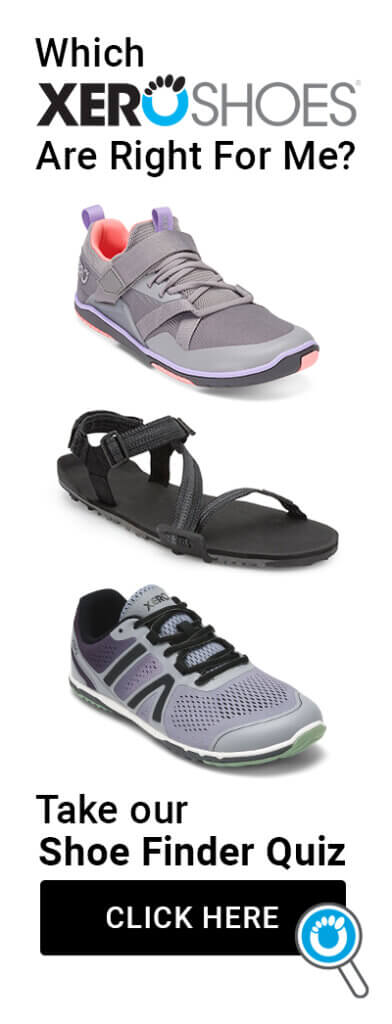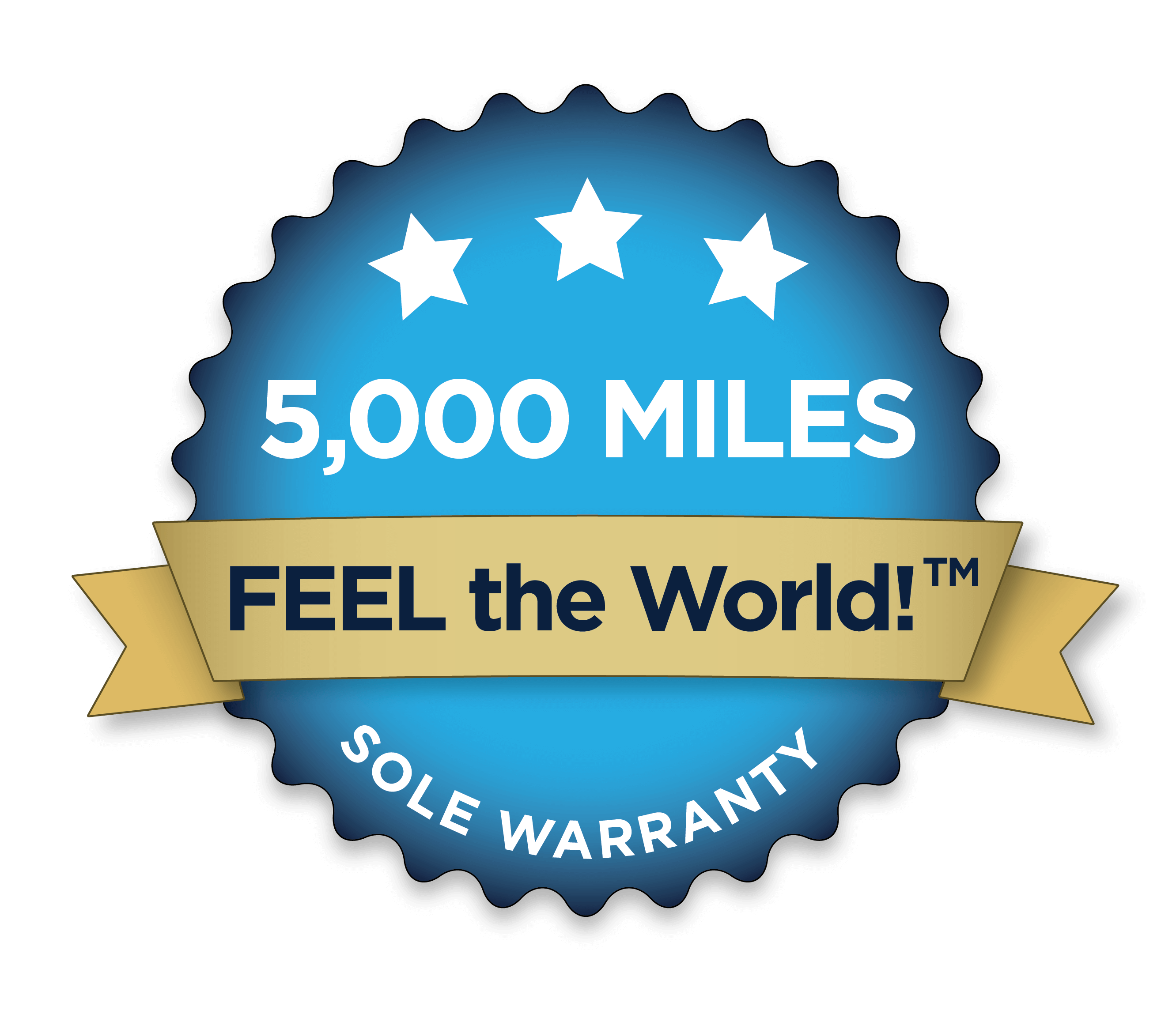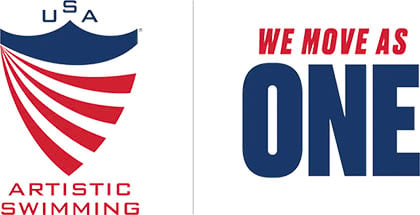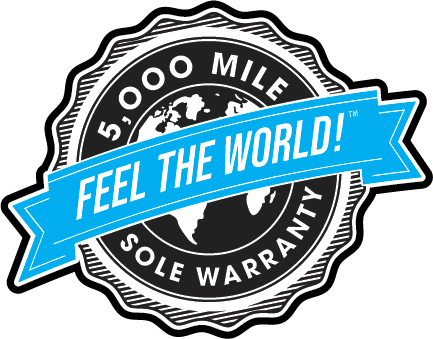The only time I’ve worn anything other than my huaraches or my sprinting spikes in the last 16 months has been the 3 times I put on my old running shoes… so I could shovel snow.
Those shoes have my $200 orthotics in them. And each time I’ve put them on, I have the same thought, “Geez, my foot can’t even move. How did I wear these?”
Often, when I’m out and about, someone will see my Xero Shoes and say, “Those look great, but I can’t wear them. I need orthotics.”
“I used to think the same thing,” I reply. “But let me ask you something. When has putting a cast on a limb and immobilizing it made it stronger?”
“Well… never,” they say, not wanting to admit the obvious fatal flaw in their reasoning.
“Right. So you put a cast on your foot, called an orthotic, it gets weaker. Then you need a new cast to handle how much weaker you’ve gotten, and then… Oh, by the way,” I mention, “you had your orthotic made while you were standing on a flat surface, didn’t you?”
“Yes.”
“Look at the shape of your shoe. Is it flat?”
“Uh… no.”
“Because of how the shape of the shoe influences the way you move, you really need a different orthotic for each shoe. And it needs to be fitted based on how you move in that shoe, not how you stand, motionless, on the ground.”
“Hmmm…” I can see the glimmer of realization in their eyes.
Well, now I have new ammunition in my anti-orthotic holster, an article in the New York Times by one of my favorite science writers, Gina Kolata: Close Look at Orthotics Raises a Welter of Doubts
Let me give you a few highlights:
Shoe inserts or orthotics may be helpful as a short-term solution, preventing injuries in some athletes. But it is not clear how to make inserts that work. The idea that they are supposed to correct mechanical-alignment problems does not hold up.
Kinda sums it up, yes? Just wait, there’s more. Gina interviews the top orthotics researcher, Benno M. Nigg, who says this about a man named Jason’s flat feet:
There is no need to “correct” a flat foot. All Jason needs to do is strengthen his foot and ankle muscles and then try running. without orthotics.
Who knew? 😉 Well, *I* did… I’ve had really flat feet my whole life… until I started running and walking barefoot. Now I have some arch in my foot. BTW, I’m legally required to say that barefoot running shoes and sandals are not a medical treatment, I’m not a doctor, nor am I able to promise that by going without shoes you will develop arches in your feet. That said, do some Googling and you’ll hear a lot of similar stories. Do with that what you will.
Sometimes people with high arches give me the same story. “I need support because my arches are so high.” Just because they’re high, doesn’t mean they’re strong, especially if you’ve been supporting them all your life… remember the cast analogy.
Now I’m not going to say that orthotics don’t do something. But the question is: What do they do? How do they do it? And are they really helping?
Dr. Joseph Hamill responds, in Gina’s article:
I guess the main thing to note is that, as biomechanists, we really do not know how orthotics work.
Results from his studies cause Dr. Nigg to add:
There was no way to predict the effect of a given orthotic.
Hey, I’m not here to make anyone throw away their high-priced foot supports even though I haven’t worn mine since 2009.
But I am here to inspire a bit of wondering, a bit of curiosity, a bit of common sense, and a bit of critical thinking.
Man lived without orthotics for a LOOOONG time. That doesn’t mean they couldn’t have benefited from them. But it means they got along without them. Maybe you can too. It doesn’t cost much — in time or dollars — to set up an experiment for one.
The content of this post does not constitute and is not intended to be a substitute for professional medical advice, diagnosis or treatment. Always seek the advice of a physician or other qualified health provider with any questions or concerns you may have about your health or a medical condition.











 Fostering honest and responsive relationships between businesses and consumers.
Fostering honest and responsive relationships between businesses and consumers.














My son and I wore our Invisible shoe sandals to Costa Rica this month. They were great for the beach, the jungle and the house. Thanks for the great idea Steve!
Thanks for the info, Steven, and here’s my own orthotics story:
The only time I ever had plantar fascitis was when I was wearing old running shoes while doing intensive gardening (4-6 hours per day of pruning shrubs and trees, while climbing and standing on branches). Since the shoes were so old, and since my feet started to ache, I decided to insert some over-the-counter orthotics (My feet have always had normal or maybe relatively high arches). This did not help, though it took me a while to figure that out. As the pain persisted, I kept switching to different brands, spending way too much money on orthotics. I started to think that maybe I should invest in some custom orthotics.
My brother visited during that time, and we went on a long hike on a trail that keeps crossing a canyon stream, so I wore my Tevas. By the time we got back home, I was in agony. The Tevas had a nicely molded, relatively high arch. It wasn’t until I discovered MBTs online and invested in a pair that the fascitis gradually went away. Those shoes had no arch supports, though the soles were essentially stiff “planks” that rocked back and forth when walking. I did use some orthotics with them for a while, but soon took them out, after talking to a salesperson who suggested I was interfering with the design of the MBTs by inserting the orthotics.
Thus began my venture into the world of alternative, and later minimalist, footwear. My theory is that high arches in shoes and orthotics can push up too hard on the arch, separating the foot bones, irritating the tendons and ligaments and maybe bruising soft tissues. Imagine pushing up on the keystone of a Roman arch doorway. That would be counterproductive, as the whole arch could get discombobulated by the opposing upward and downward forces.
I’m also thinking that the inflamed tissues of plantar fascitis in my case may have been amplified by food allergies, as I was eating a lot of bread (sandwiches) at that time, and I’ve since realized that I am sensitive to wheat. I also developed fibromyalgia around that time, which could have contributed to the inflamation, but I’m convinced that the orthotics were a major factor. Sorry if I appear to be getting off-topic, but I’m used to thinking of problems in terms of multifactorial causes. Too many science classes, I’m afraid.
: )
I had backache for a couple of years. I tried acupuncture, osteopathy, massage, the doctor and finally went to a chiropractor. He immediately saw what the problem was: I needed orthotics – personalised from an imprint made by walking over an electronic device. At £250 per pair (one for shoes, one for sandals) they weren’t cheap but anything that would help was worth it, I thought. I wore them for just over 18 months during which time, not only did my back not improve, I found I could no longer run. It felt as though my legs were rusted up or that I was running with the brakes on. Really painful and horribly slow. One day, for some reason, I decided to stop wearing them to see. Although the back pain remained constant, the relief on my legs was almost instant. I could run again. A £500 nightmare.
Thanks for this article. My future sister-in-law is about to go pay to get orthotics! I’ve used the huaraches and my VFF’s and love them to death! Now I just need to try to see if I can help her save some money. I’ve mentioned it to her before but she said her “Dr” said running barefoot & minimalistic shoes is a fad that comes and goes; leaving more injuries than anything else… Hopefully this article will help her.
Thanks!
I have worn orthodics on and off for the last 23 years. Has my PF gone away? No!
I am looking forward to the freedom of Invisible Shoes. I made my first pair and ran in them the following morning. Wow!
I have used orthodics on and off for 20 years. No real improvement. I have made the conversion over to barefeet and huaraches. I actually like barefeet better. However, there are times when I just need some padding to keep the rocks and debris from cutting into the bottoms of my feet. I carry invisible shoes in my hands.
You will love this. I just hired a running coach to help me run without hurting my knees. My first session with him, I brought everything I had run in. When I ran in my “Running shoes”, he told me I over pronated, and would need special orthotics to correct this. When I ran in my Invisible Shoes, he got a funny look on his face, saying “That’s interesting, you don’t over pronate in those. Use those for training today.”
And yes, he did also point out several other things that I need to correct in my stride.
Hey Steve,
I’ve transitioned completely out of my heavy, old, overbuilt, over priced, over engineered, pronator “combat boot” running shoes with inserts as well. For awhile I used those old shoes to mow the lawn until it didn’t even feel right to walk in them.Then I tossed out the older ones and gave away the ones that were like new.
Now I mow the grass in older cross country racing flats and I wear leather trail gloves to nicer establishments. Nobody realizes it, unless I point it out.
In “Born To Run”, a brilliant point was made regarding arches, the strongest architectural design. What architect or designer would build a a support beam under an arch??
That’s pretty much what orthotics do, is put a support beam where none was intended to exist … yet another very good example of treating a symtom, rather than solving a problem.
In the case of weak feet, the real solution for me has been to go barefoot or minimalist virtually all the time. Exercise on a Bosu ball. Barefoot. Use “The Bob Calfmaster”. Barefoot. Run, walk, hike, all types of core strengthening. Barefoot or minimalist always.
In less than three weeks after reading “Born To Run” and really working those feet, I was able to step out of bed in the morning onto the hard floor WITHOUT sore feet. That was a first in many years. About twenty months later, improvements are still coming.
Maybe in 2012 I’ll try a marathon in the 4MM huaraches. Hope so.
Hi Steve,
You missed the many journal articles showing they are worse as are shoes in general.
One is Effects of common footwear on joint loading in osteoarthritis of the knee by Shakoor — all the articles indicate worsening of the conditions with shoes.
Good point, Jesse. I was so taken with “well they may be better sometimes but we don’t know why” that I forgot to look for the “oh, and here’s times where they’re worse.”
Suffice it to say, my experience at the Monfort Human Performance Lab, where it became clear that an orthotic not made for a PARTICULAR shoe, used in a PARTICULAR way, would only “work” by coincidence… well, that was when I threw away the orthotics (that I wasn’t using anyway since I’d switched to Invisible Shoes full time).
I want to agree with you that bare feet seem to be the answer. But I am middle age now and have been wearing shoes for the last 25 years (bummer) became a responsible adult. I was in a car accident and my foot really bother me since the accident. Went to the foot doctor today and he recommended orthotics and said they would relieve the pain. What is your opinion?
Well, I’m not a doctor and even if I were, I wouldn’t diagnose you via messaging ;-)… that said, if you think strengthening your feet will help, spend some time barefoot. If an orthotic helps, use that as part of your tool kit for doing what you need. But I’d be wary of relying on an orthotic if it limits natural motion.
Steven – I wouldn’t want you to diagnose me via messaging :). I haven’t really gone barefoot for a long time. Oh sure, I walk out in the back yard or on concrete once in a while for a few hours once in a while, but its not what I did as child, teenager or young adult. I was always barefoot (my mother said I was from the blackfoot tribe due my black feet lol). I performed sports, soccer and track and field in barefeet and NEVER had problems. My question is would going barefoot now that I’m in my fifties help? I know you can’t diagnose me, just want your opinion.
Thanks
It’s NEVER too late to build strength. I didn’t start my barefoot training until I was in my late 40s (I’m 53 right now and my feet are STILL getting stronger).